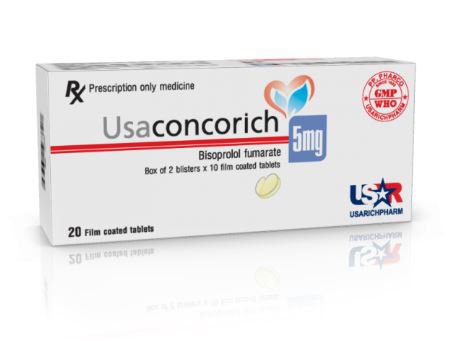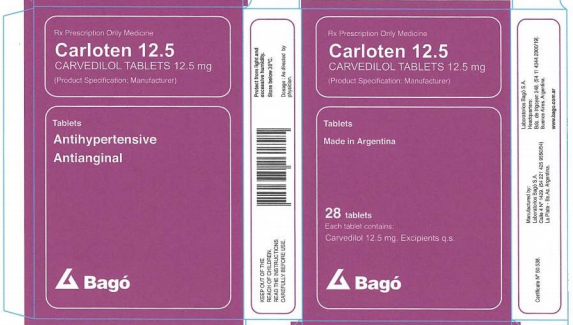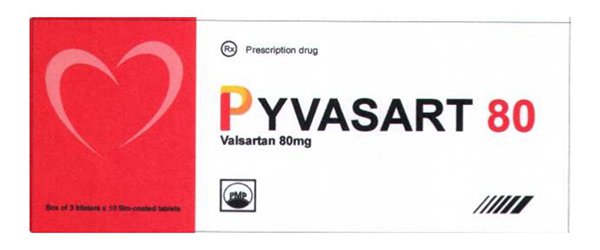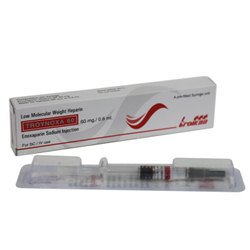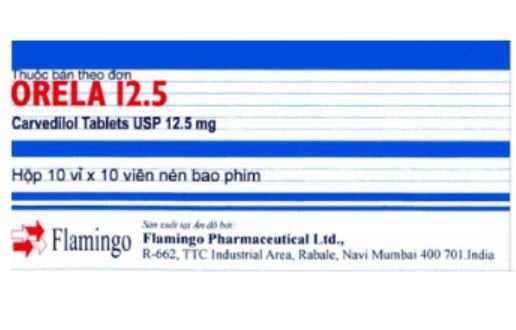Overview of Edema due to heart failure
Edema due to heart failure is a common symptom in patients with cardiovascular disease, when the heart has gradually lost its ability to contract and eject blood normally.
1. Mechanism of edema caused by heart failure
Edema due to heart failure is a very common symptom, especially in patients with right heart failure and total heart failure. Edema caused by heart failure has two main mechanisms.
1.1. Mechanism 1
Heart failure is a condition in which the heart muscle decreases or loses its ability to contract to expel blood to other organs, and the ability to pull blood back to the heart also decreases. At that time, the circulation will be stagnant in the peripheral venous system, over time, the fluid will escape into the surrounding tissues, causing edema, especially in the lower extremities.
In addition, blood to the kidneys is also reduced, so the filtering process to eliminate urine is also reduced, causing water retention and contributing to edema.
1.2. Mechanism 2
The reduction of heart muscle contraction will cause a lack of oxygen-rich blood to feed the organs, especially the two kidneys. Over time, the kidneys will suffer secondary damage (damage not originating from the kidneys), causing impaired kidney function, reducing the ability to excrete fluids and toxins out. Therefore, patients with heart failure will gradually develop edema.
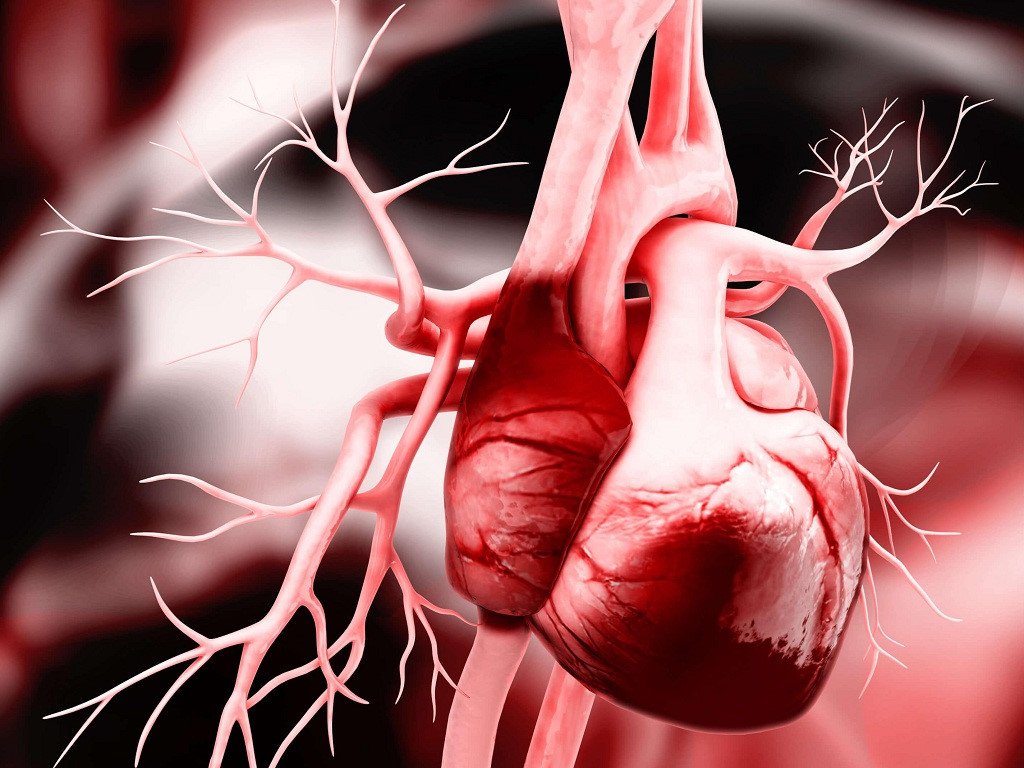
Suy tim là 1 trong các nguyên nhân gây phù
2. Distinguishing edema caused by heart failure and edema caused by other diseases
Characteristics of edema due to heart failure are relatively typical, edema is soft, white, concave and painless. The onset of edema is usually edema in the lower extremities, edema is not obvious, often occurs in the ankles on both sides. Sometimes the patient only feels edema when wearing shoes and sandals because they are tighter than usual. Symptoms of edema due to heart failure often appear in the afternoon, when the patient stands for a long time and will reduce when lying down to rest or in the early morning when the patient wakes up. As heart failure worsens, the edema becomes more apparent, becomes more severe, sometimes generalized, and occurs throughout the day, which does not subside without treatment. In addition, patients with heart failure in addition to symptoms of edema also experience other typical symptoms of heart failure such as shortness of breath when lying with the head low, swollen neck veins, frequent fatigue, dry cough...
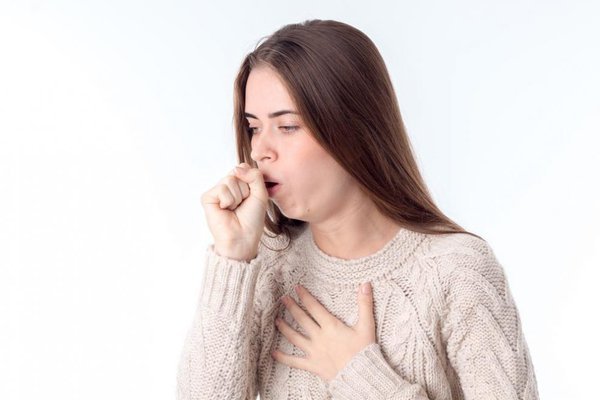
Kho khan là triệu chứng của bệnh phù do suy tim
3. How to treat edema caused by heart failure?
Edema is caused by heart failure and vice versa, it puts more pressure on the heart, making the heart work harder and heart failure worse. Therefore, treatment of edema in heart failure is a very important part, including lifestyle changes and medication.
3.1. Salt-restricted diet
The more salt (essentially sodium) in the body, the more water retention increases and the more obvious edema becomes. Therefore, one of the prerequisites in the diet of heart failure patients is to minimize the amount of salt in the body.
Patients with heart failure should give priority to dishes prepared by boiling or steaming, they should actively eat a lot of green vegetables, meat and fish... and limit salty foods, foods containing many spices such as: canned food, prepared foods, fish sauces, pickles...
3.2. Exercise moderately
Edema due to heart failure is the stagnation of circulating fluid in the body, so the patient needs to increase movement and gentle exercise to circulate circulation throughout the body.
However, heart failure patients should only do gentle and moderate exercise such as walking, cycling, yoga... Avoiding over-exercise is also a trigger factor that aggravates heart failure.

Tập thể dục nhẹ nhàng có lợi co người bệnh
3.3. Using diuretics
According to studies, diuretics are drugs that help reduce symptoms of edema and are the first choice in the treatment of heart failure. The main mechanism is to increase the ability to excrete urine, helping the patient eliminate excess fluid and salt in the body. Besides, diuretics also work against the hormone aldosterone, inhibit the reabsorption of water and sodium in the renal tubules, thereby also limiting the excess of fluid. The commonly used diuretic groups are: loop diuretics (Furosemide, Indapamide...), Thiazide diuretics and aldosterone antagonists (Spironolactone). Indications for each type are different, depending on the subject, the doctor will use the appropriate type or combine when necessary. Diuretics have a side effect of affecting electrolytes, especially potassium (may increase or decrease potassium), should be used in the morning, limiting use at night will cause nocturia, disrupting sleep. patient sleep. When taking diuretics that cause hypokalemia (Thiazide group, loop diuretic), your daily diet needs to add potassium-rich foods such as bananas, oranges or cruciferous vegetables such as spinach, soups. Cauliflower, cabbage, etc. When using an aldosterone-resistant diuretic group that causes hyperkalemia, heart failure patients should limit foods rich in potassium and should eat more calcium-rich foods such as milk, shrimp, crab, cheese. apricot... to avoid complications of hypokalemia and calcium supplements to help protect heart muscle cells better. Usually, edema caused by heart failure, if treated appropriately, will not cause much discomfort to the patient. However, if the use of drugs and changes in lifestyle do not reduce edema or other symptoms appear, the patient should see a doctor for the most appropriate treatment regimen, limiting the worsening of heart failure. .
Để đặt lịch khám tại viện, Quý khách vui lòng bấm số HOTLINE hoặc đặt lịch trực tiếp TẠI ĐÂY. Tải và đặt lịch khám tự động trên ứng dụng MyVinmec để quản lý, theo dõi lịch và đặt hẹn mọi lúc mọi nơi ngay trên ứng dụng.
Bài viết này được viết cho người đọc tại Sài Gòn, Hà Nội, Hồ Chí Minh, Phú Quốc, Nha Trang, Hạ Long, Hải Phòng, Đà Nẵng.


